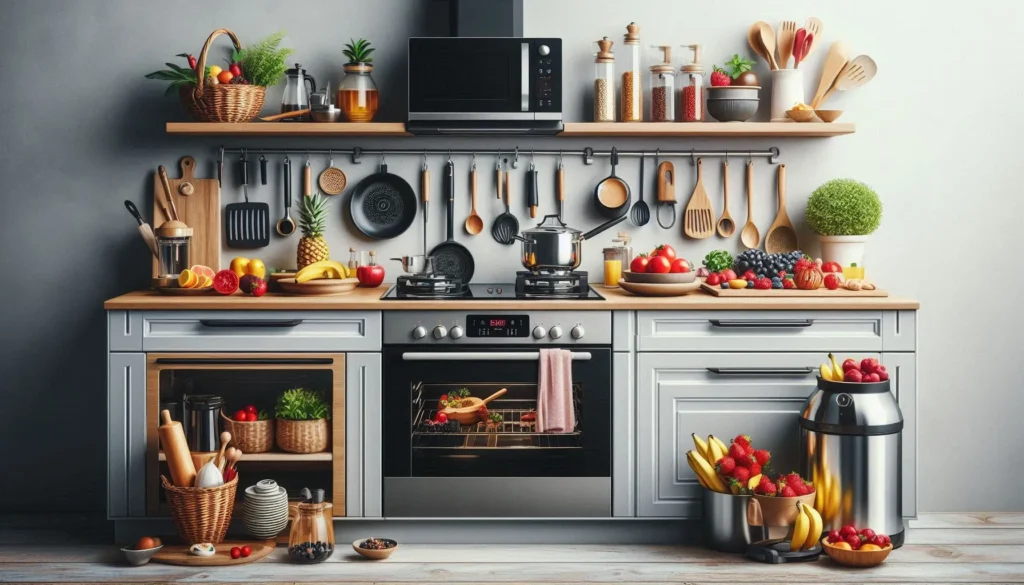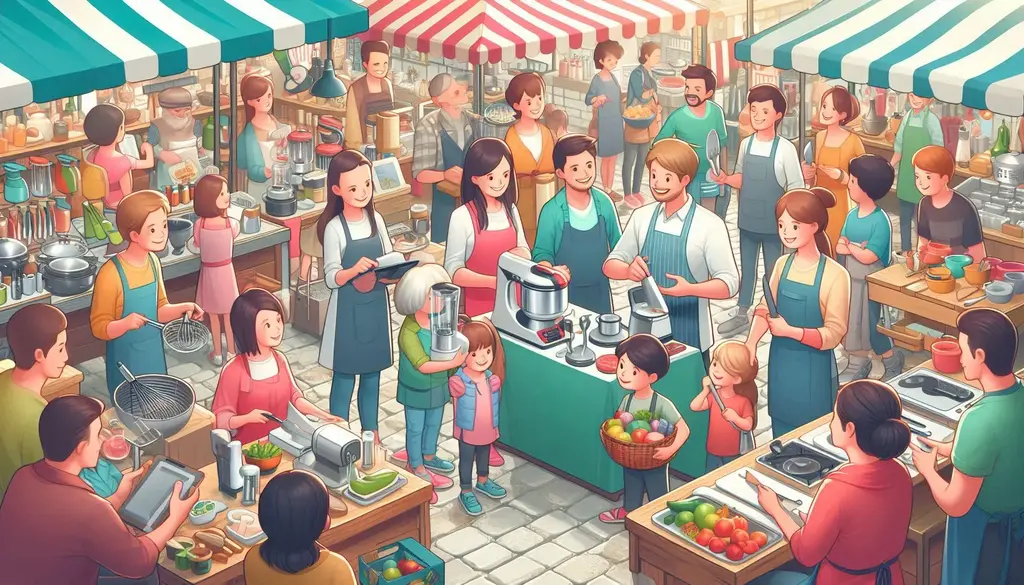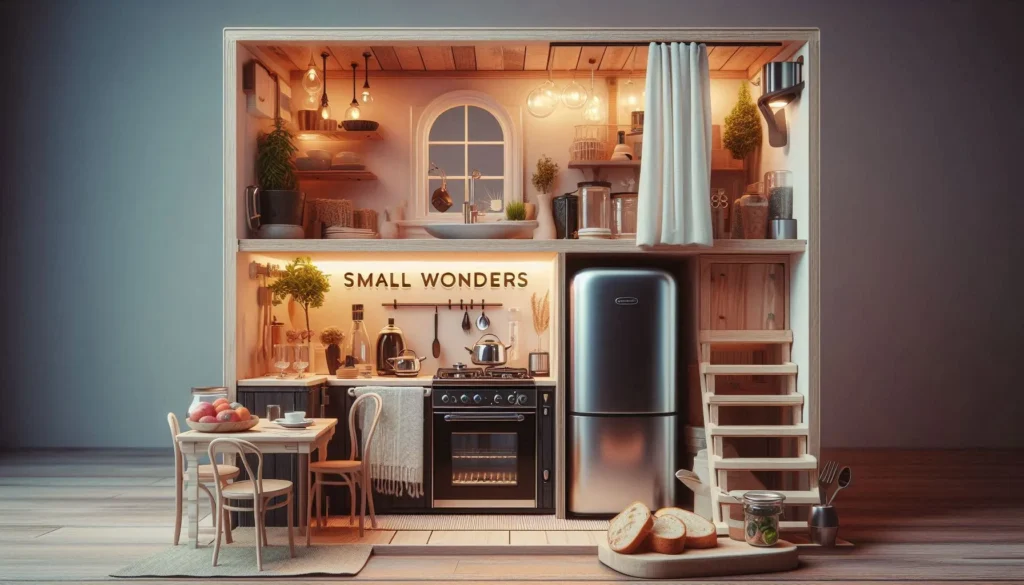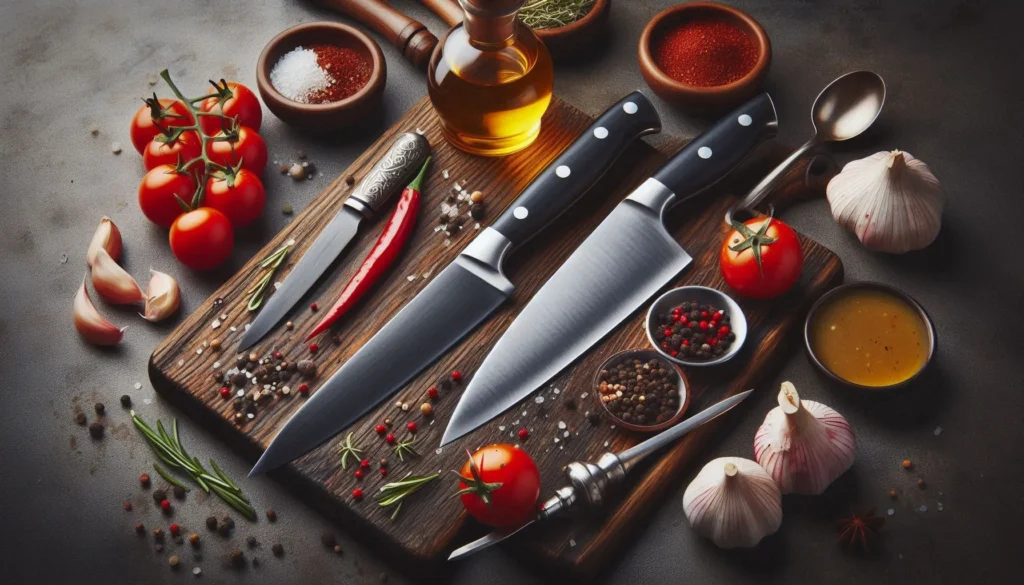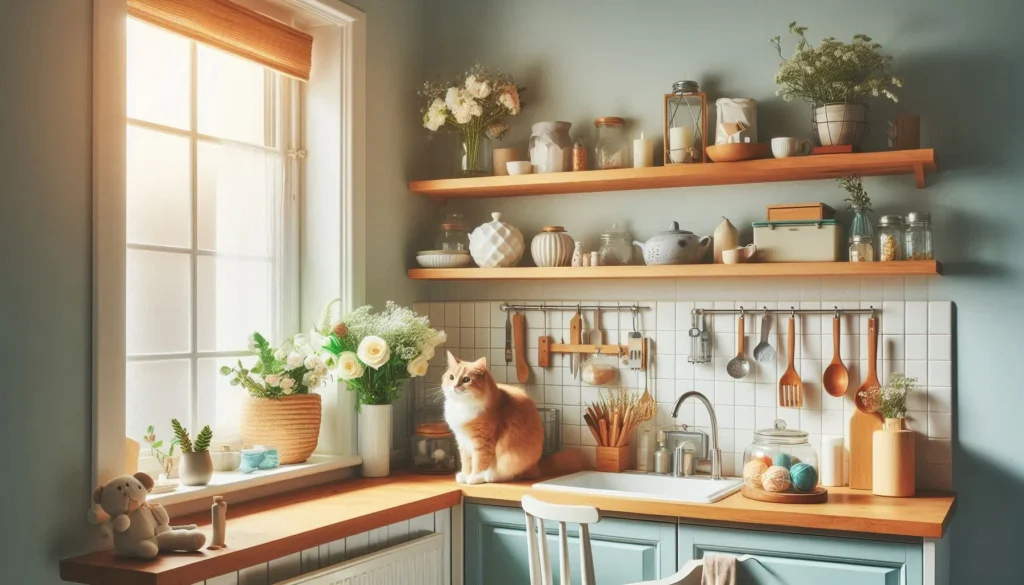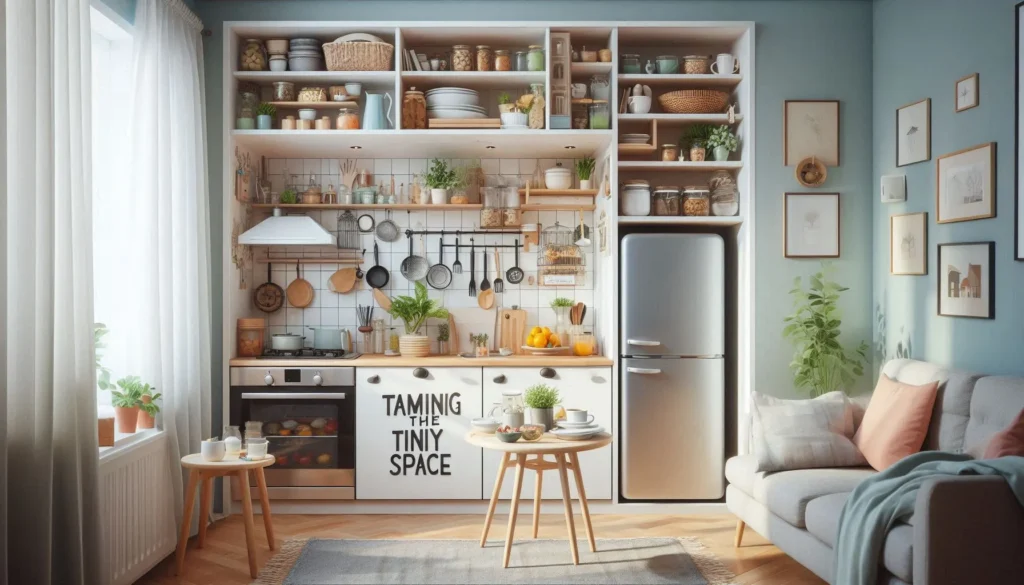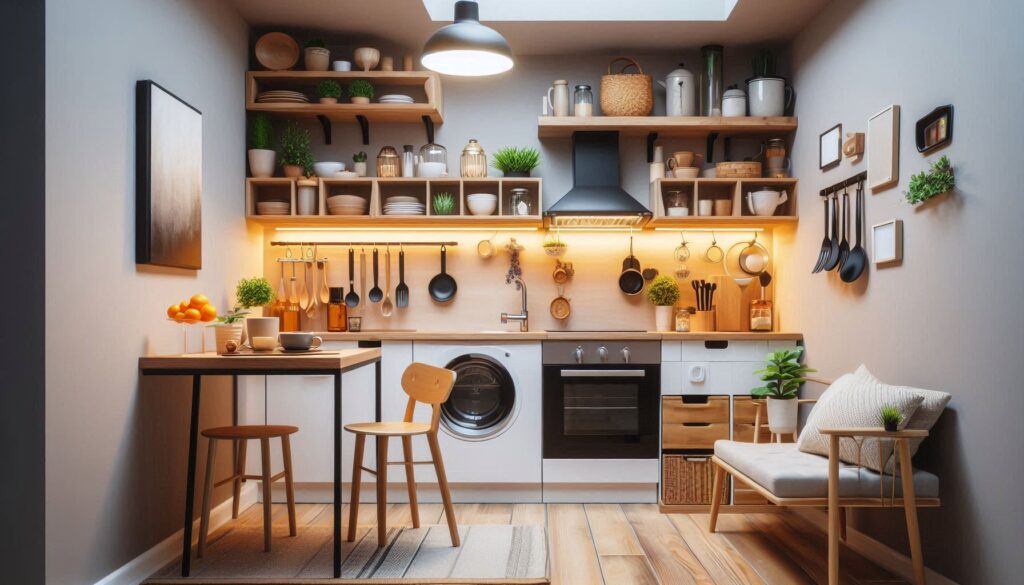The kitchen table has always been a crucial function in the homes of people, serving as places for eating as well as conversations and other activities. They’re not just furniture, they are icons that speak to the changes in our society. Through the years kitchen tables have changed dramatically, revealing shifts in style, materials and family interactions. This article traces this fascinating change from beginning of the 1900s until today.
The Early 1900s: Humble Beginnings
Simple Designs and Functionality
In the beginning of 1900 tables for kitchens were created with the purpose of being functional in mind. Common materials were strong woods such as pine and oak. Drop-leaf tables gained popularity because they were able to save space and provide ample space in the event of need. They typically had simple and unadorned designs, which were centered on functionality.

The Kitchen as Workhorse
At the time when kitchens were the hub of the house and also served as a work space. Women usually cooked, cleaned and even washed in this busy room. The style of kitchen tables was a reflection of this function, with plenty of space for food preparation and social gatherings.
Material Choices and Affordability
It was important to be able to afford the time. A majority of families relied on locally-sourced wood that was cheap and easily accessible. The emphasis was placed on solid and durable designs that could withstand daily wear and wear and.
Mid-Century Modern (1950s-1960s): Form and Function Meet
The Rise of Formica and Laminate
The 1950s brought new materials such as Formica and Laminate. These materials were simple to clean and provided an array of designs and colors, leading to a new age of design for kitchen tables. The cost-effectiveness of these materials made them a popular choice utilized in homes of middle class.
Streamlined Aesthetics
Mid-century modern design introduced cleaner lines and more light colours on kitchen tables. iconic designs, such as that of Eero Saarinen Tulip Table, showed futuristic designs and forms that could be both functional and visually attractive. The emphasis was on simplicity and class.
Expanding Social Roles
As women started entering into the workforce in increasing numbers kitchen tables were transformed into multi-purpose areas. They were not only used for meals but also for work as well as family conversations and social gatherings.
The 1970s and 1980s: Rustic Charm and Casual Living
The Return to Natural Materials
The 1970s saw a transition towards natural materials. Wood tables made a comeback due to a need for warmth and comfort. The styles of rustic and country styles became popular for kitchens all over America.
Informal Dining Trends
Families began favoring more casual dining experiences. This resulted in larger and more comfortable kitchen tables which could be used for larger gatherings. Rectangular and round shapes allow for more conversation at meals.
Expanding Family Dynamics
Changes in family structure have changed the design of kitchen tables. The increasing amount of blended families as well as single-parent families led to an increase in the size of tables. The focus on inclusion allowed for designs that would bring all of us closer.
The 1990s and 2000s: A Blend of Styles
Kitchen Table as a Multi-Functional Space
In the late 1990s kitchen tables were transformed into multi-purpose spaces for different activities such as homework, crafting, and even leisure. The shift was centered on the flexibility of a table, resulting in designs that included extra features such as storage, or expandable surfaces.
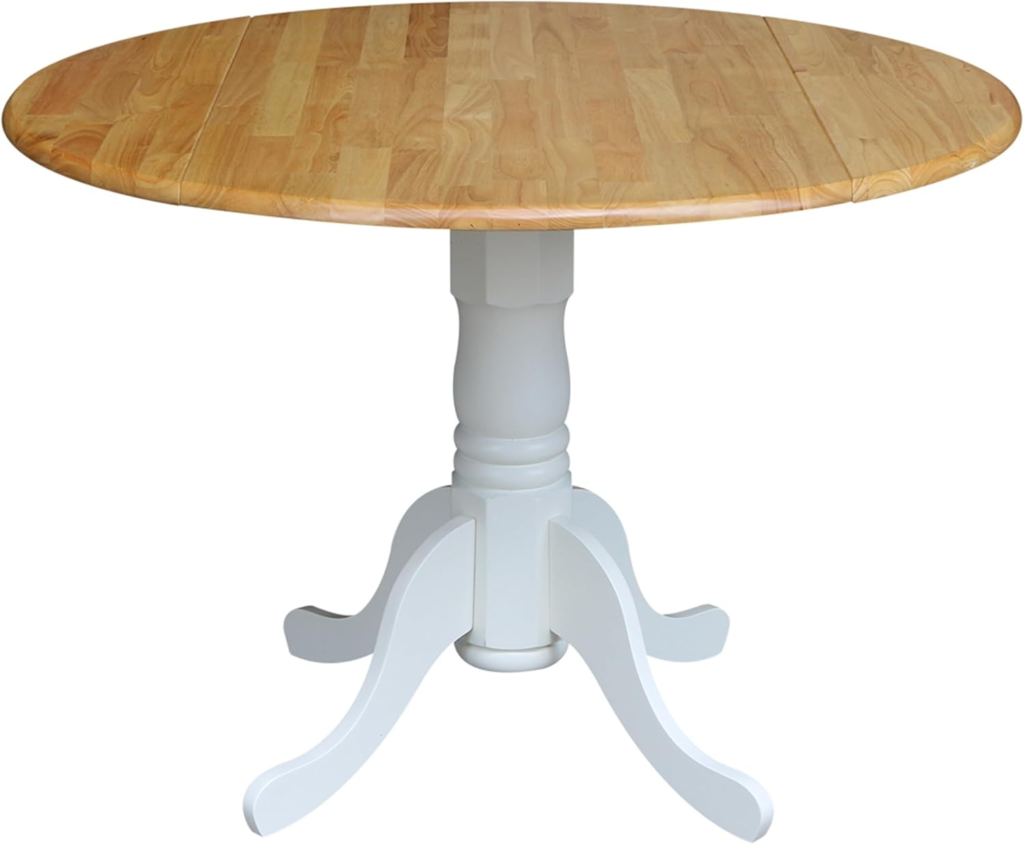
Eclectic Designs
The home decor was more diverse at this point. People were drawn to unique designs and diverse materials including modern glass tops, to sleek wooden bases. Popular trends include pub-style tables and bistro tables that appealed to a variety of preferences.
Impact of Mass Production and Global Sourcing
Production methods that are mass-produced and global sources made a variety of styles easily accessible as well as affordable. Homeowners were able to get trendy designs without spending a fortune. The wide selection of options allowed for customization and unique kitchen design.
The 2010s and Beyond: Modern and Minimalist Trends
Farmhouse Chic and Industrial Styles
The last few years have seen an increase in the popularity of styles such as industrial and farmhouse chic. Farmhouse tables, which are often constructed of reclaimed wood, radiate nostalgia and charm. In contrast, industrial tables are crafted with metals and natural finishes, appealing to an increasingly sophisticated audience.
Sustainable Materials and Eco-Conscious Design
Nowadays, consumers are increasingly looking for environmentally friendly materials. Bamboo and reclaimed woods show an increasing awareness of the environmental impacts. This environmentally conscious approach has influenced contemporary kitchen table designs in a significant way.
Technology’s Influence
Technology integration is a current trend. A lot of modern kitchen tables come with charging ports, or integrated lighting, combining functionality with the latest innovations. These modern designs add ease to your daily routine.
Conclusion: A Legacy of Gatherings
The development of kitchen tables is a reflection of the changing social rules and family dynamics throughout the years. From humble beginnings, to modern multi-functional rooms, these tables remain crucial hubs for communication and inspiration. As trends continue to develop and change the legacy of the kitchen table of gathering will continue to endure changing with the times but retaining its primary significance. What does the next chapter of this story be like? It’s only time to find out.
✅ Make the most of your small kitchen with Smart Ways to Store Your Microwave in a Small Kitchen and explore innovative tools in Best Kitchen Gadgets 2024: Your Ultimate Guide to Modern Kitchen Innovations.
